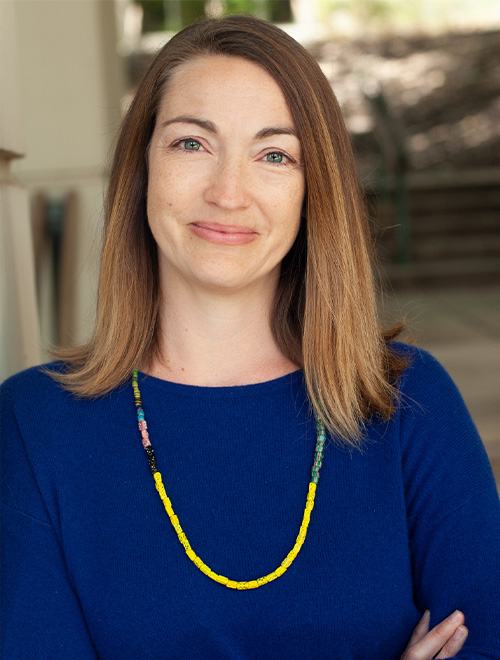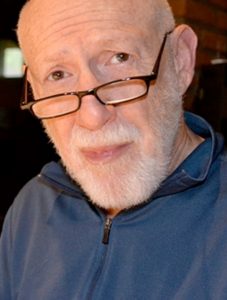Qualitative Research: Storytelling as a Window into Consumer Decisions, Beliefs and Behaviors
It’s been well-established that much of human decision making is quick, nonconscious and driven by emotion.
Influential books like Malcolm Gladwell’s “Blink” and Daniel Kahneman’s “Thinking, Fast and Slow” have popularized this understanding of how humans think.
For consumer insights folks, researching this process is challenging. Some methods attempt to tap what Kahneman calls the “System 1 mode of thinking,” but it is questionable whether these methods actually measure nonconscious processes. And what’s more, these methods fall short of providing the kind of rich, human insights that inspire brand teams.
But work from the fields of psychology, behavioral economics and sociology suggest a promising breakthrough: that stories can be a pathway to understanding nonconscious decisions, beliefs and behaviors, and do so in a way that creates a deeper connection between brand teams and their target audiences.
By eliciting and analyzing stories the right way, we can achieve a level of understanding of nonconscious thinking that goes beyond the cold, hard math of implicit response methods, neuroscience and modeling. Plus, stories have the potential to foster an empathic connection between marketers and the human beings who interact with their brands. And that kind of connection is what marketers need to fuel their creativity and innovation.
Here’s a rundown of some of this fascinating work:
- In the last section of his book “Thinking, Fast and Slow,” Kahneman, a Nobel Prize winner who passed away earlier this year, describes our “Two Selves” – “the experiencing self” and the “remembering self.” The experiencing self is the part of us that tracks experiences in real time, as they happen. The remembering self is that part of us that draws on the memories of experiences and makes meaning out of them. The remembering self does this in story form. As Kahneman writes, “This is how the remembering self works: it composes stories and keeps them for future reference.” And the remembering self “is the one that keeps score and governs what we learn from living, and it is the one that makes decisions.”
- Northwestern University psychologist Dan McAdams argues that we form our sense of self through story, what he calls our “narrative identity.” McAdams shows that we give our lives meaning and coherence by constructing a “heroic narrative” of the self, a kind of personal myth. In his book “The Redemptive Self: Stories Americans Live By,” McAdams writes “…people arrange their entire lives – the past as they remember it, the present as they perceive it, and the future as they imagine it – into broad and self-defining life narratives that provide their lives with some semblance of unity, purpose and meaning.”
- In his book “Narrative Economics: How Stories Go Viral & Drive Major Economic Events,” Nobel Prize winning Yale economist Robert Shiller shows how economic stories go viral, exhibiting many of the same characteristics as disease epidemics. (It’s interesting to note that Shiller’s book came out in 2019, well ahead of the Coronavirus crisis.) What’s more, these narratives have real impact on global economic events and personal financial decision-making. For instance, Shiller argues that the dramatic rise in value of bitcoin was in large part driven by the narrative that surrounded it – a story rooted in “anarchist sentiment” and the “desire for economic empowerment.”
- And finally, University of California, Berkeley sociologist Arlie Russell Hochschild describes how what she calls “Deep Story” can help researchers understand how it feels to be another person or group. In her book “Strangers in Their Own Land,” she uses her Deep Story method to explore political beliefs. The Deep Story, she argues, creates “feeling rules” that dictate what her respondents believe they “should and shouldn’t feel.” Hochschild’s “metaphorical representation” of her respondents’ beliefs serves as both analysis and stimulus. She uses it as a method of understanding but then shares the Deep Story with her respondents to check its resonance and accuracy.
These applications of story to the analysis of human nonconscious decisions, beliefs and behaviors are highly relevant to consumer insights and brand building.
At RealityCheck, we have developed ways to elicit and analyze stories and apply this analysis to CX decision journey mapping; foundational learning on consumer segments; understanding how people create meaning from advertising; and more.
We’ve learned that embedded in people’s stories are the values, beliefs and emotions that drive nonconscious decision-making.
More broadly, the work of these scholars caused us to reconceptualize how we think about brands and the role they play in people’s lives. The study of stories suggests that brands – like other cultural artifacts – are like characters in people’s personal narratives. In short, people use brands to help tell themselves stories about who they are.
Thinking of brands in this way opens up new pathways of understanding of consumer behavior and brand meaning. And it has implications for brand strategy and marketing that we are only beginning to understand.
We’d love to hear from you on this. Tell us how, if at all, you think stories can help us understand what consumers think and do? What role, if any, do you think brands play in people’s personal narratives?





















